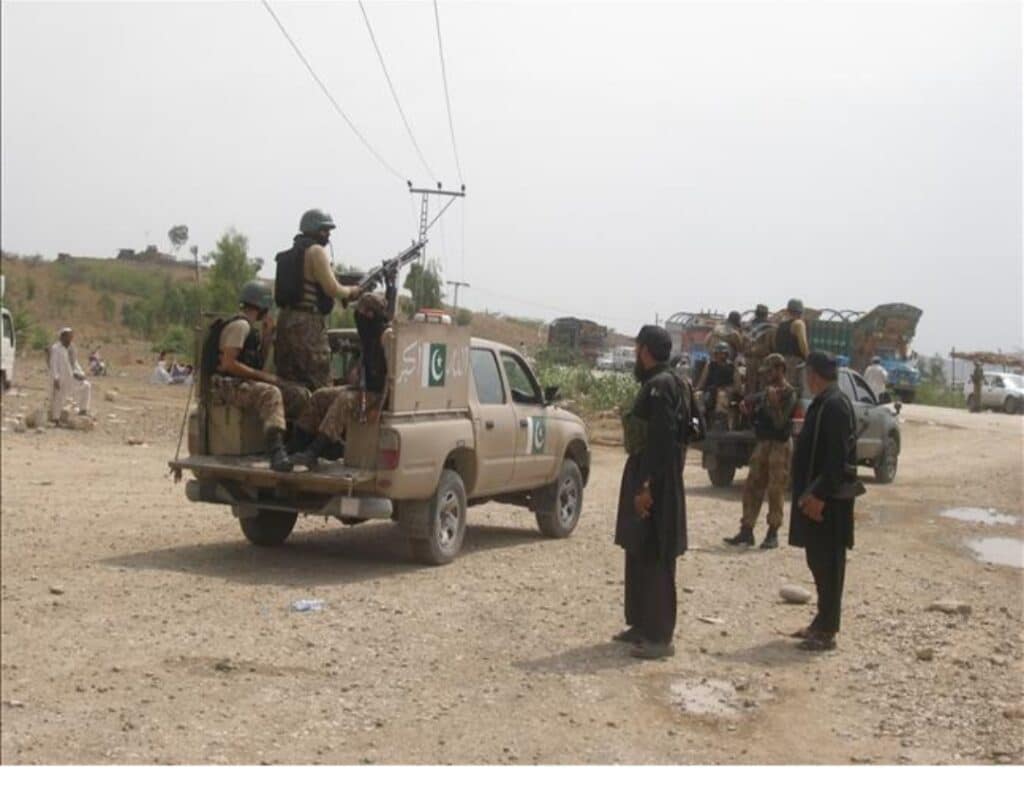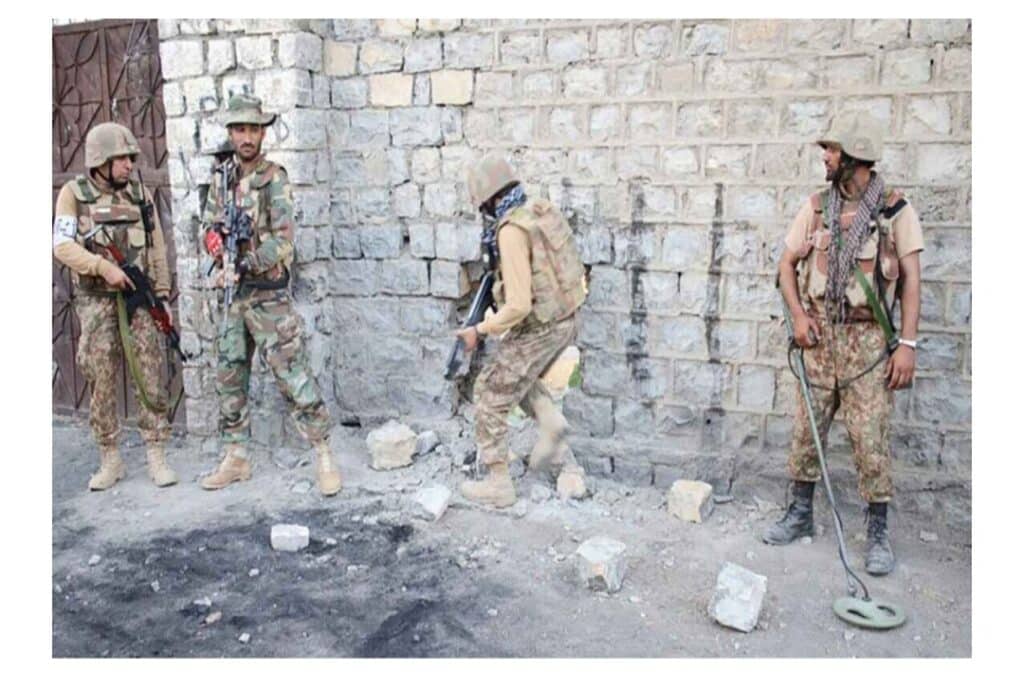At least five Khawarij were killed and several others injured in a carefully planned security operation in North Waziristan near the Charmina area, close to the border region. According to security sources, the operation was launched following credible intelligence about militant movement along an infiltration route near a forward observation post.
Five Khawarij Killed, Six Others Injured in Targeted Operation in North Waziristan





